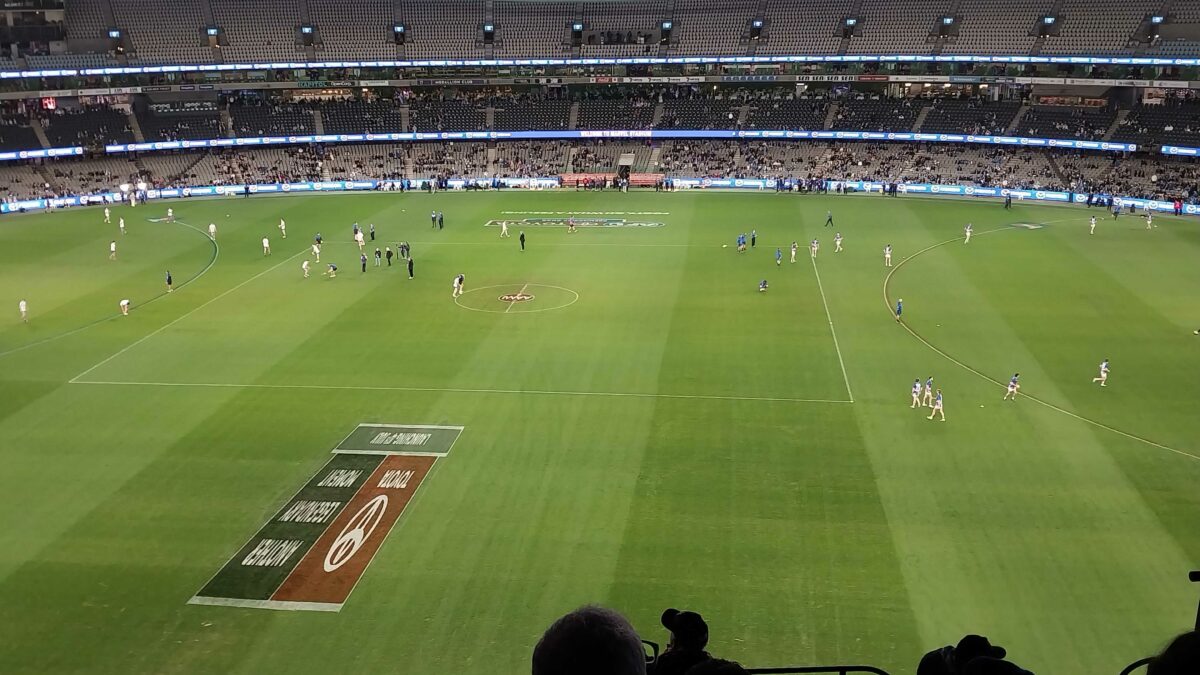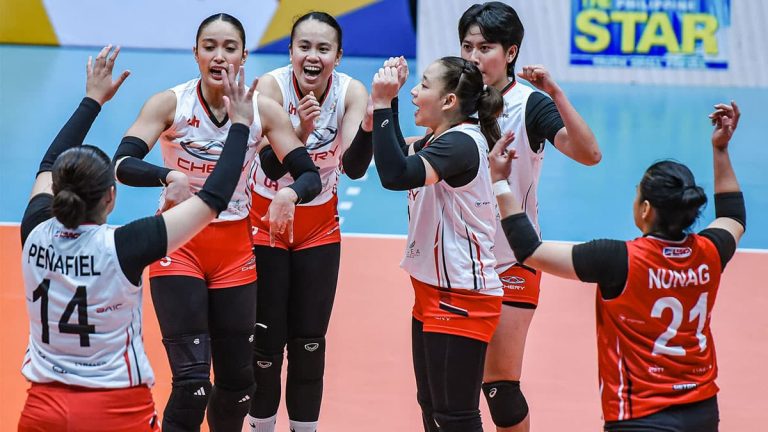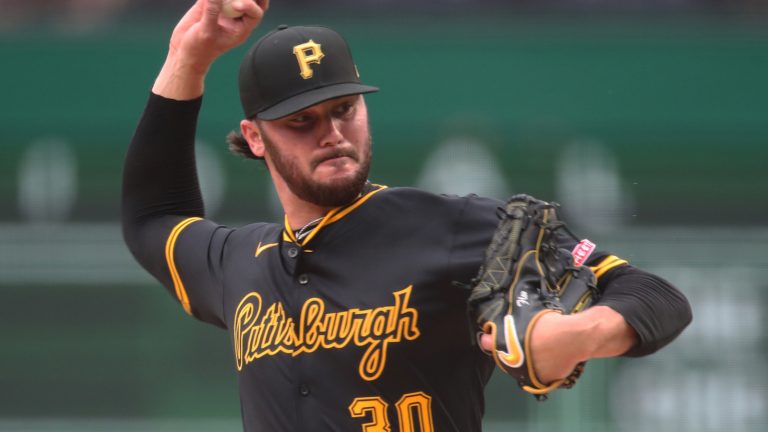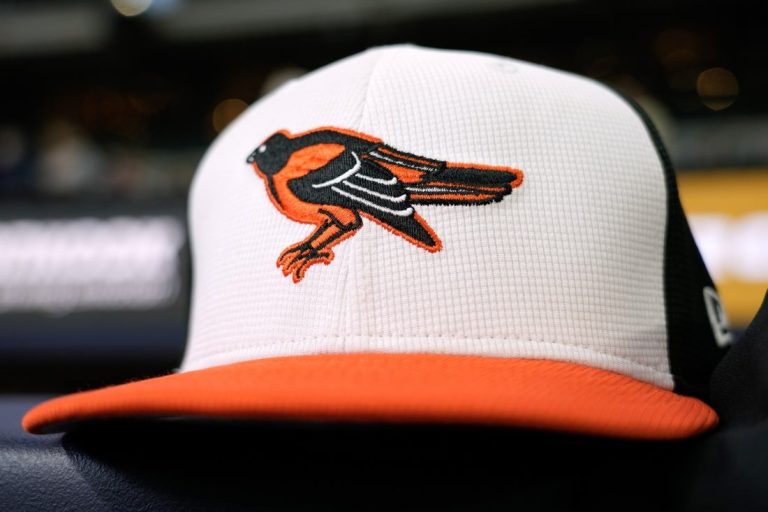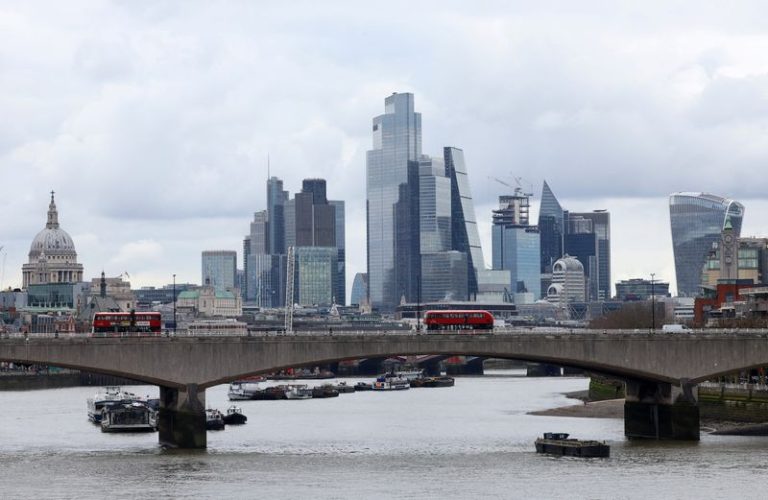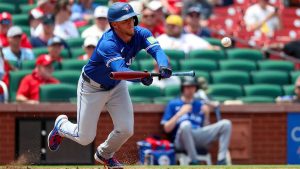Round 17 is over – and given all the chat pre-week was despair about a run of uninteresting, one-sided games across the weekend, it actually turned out to be rather entertaining.
A terrific Sunday saw Sydney hold off Fremantle to become the only ‘bottom nine’ team to beat a ‘top nine’ rival for the weekend, while in the day’s second game, Melbourne took the fight right up to Adelaide on the road, with the Crows forced to find their best footy after a lacklustre start to get the points and keep themselves entrenched in the top four.
That was far from it as far as the round’s excitement went, with Port Adelaide, North Melbourne and Essendon all producing spirited performances against the odds – and in the Power’s case, a mounting injury toll – to threaten at upsets that ultimately proved beyond them.
The biggest losers for the week were clear: Carlton yet again are the misery capital of the AFL after a debilitating loss to Collingwood, while Richmond’s hefty defeat to Geelong was compounded by another hamstring injury to No.1 draft pick Sam Lalor.
Amid it all, there was the fallout from the mid-week crackdown on umpire contact, with Gold Coast – and Matt Rowell in particular – starting what might just break out into all-out war if things escalate further.
After nine full games of footy for the first time in a few months, there was plenty to watch and even more to discuss. Let’s dive in.
1. No, the fixture doesn’t need fixing
It’s safe to say this round wasn’t one for the ages.
Thanks to the quirk of having the top nine teams all facing one of the bottom nine, the gap between the two halves of the ladder was made all the starker by lopsided result after lopsided result in the first part of the weekend.
By Saturday night, St Kilda’s 20-point loss to Hawthorn – reduced from 26 by a goal after the siren – was the closest game of a round which featured three wins – Collingwood over Carlton, GWS over West Coast and Geelong over Richmond – by 50 points or more.
But you know what? The fixture doesn’t need fixing just because of one ordinary weekend of footy – and two ripping contests on Sunday, in particular the classic between Sydney and Fremantle, proves that point perfectly.
Putting together the AFL draw is just about the toughest job in the industry – with factors like five-day breaks, travel requirements and marquee matches to consider even before the addition of a Thursday night game nearly every weekend this year to further complicate matters.
It’s just bad luck and poor timing that such a perfect split of games between the good and not-so-good occurred this round – just as it’s great fortune that next week features four games between the finals contenders, with just one game between the top nine and bottom nine.
This round wasn’t even that bad, either – yes, the margins were ugly, but more than half the games were entertaining even before an excellent Sunday.
An injury-battered Port Adelaide took it right up to Brisbane at the Gabba, barring 15 horror minutes in the first quarter when the game was lost, and were threatening a miracle win until the final ten minutes.
Ditto North Melbourne, whose first two and a half quarters against the Western Bulldogs on Thursday night did the jumper proud; Essendon, likewise, fought gamely up until three quarter time against Gold Coast before the margin blew out late.
As for the annoying game overlap on Sunday afternoon which saw Adelaide and Melbourne start before the finish to Sydney and Fremantle – well, that’s the fault of the broadcasters and not the AFL. Seven want the footy as the lead-in to the 6pm news so much they’ve asked for and received having their Sunday game’s first bounce shifted forward by five minutes – given that the league has always baulked at starting the early game before 1:10pm except in extreme circumstances (like the final round of last season), there was always going to be a slight crossover.
We’re at the point of the season when things do start to get a little maudlin – the race for the eight is still far enough away from completion that the stakes aren’t as high as they are in later rounds, while still enough water has gone under the bridge to work out which teams are already shot.
For all the doom and despair, this has actually been a slightly closer season than even last year in terms of final margins, in the midst of an era with more thrillers than ever before in VFL/AFL history.
Would it be nice to have had more games with major finals implications this weekend? Sure. But things don’t always work out like that, and I’m not sure the AFL can be blamed for it – plus, Round 18 is set to well and truly make up for it!
2. Sydney’s midfield are BACK
Sydney’s miserable start to the season was epitomised by the struggles of their once star-studded midfield brigade.
Errol Gulden, of course, was lost to injury, while Chad Warner’s kicking dropped off markedly from last season, and Isaac Heeney struggled to influence contests to the extent of his extraordinary 2025 that saw him shoot into best player in the game discussion.
But while it might be too late to rekindle finals hopes, no matter how many times Dwayne Russell suggests the opposite on Fox Footy’s commentary, the Swans’ midfield is officially back – and firing on all cylinders.
Brodie Grundy is quite honestly the best tap ruckman in the game right now, and his brilliant work at stoppages and at centre bounces in particular proved critical in a stirring win over Fremantle set up by early domination at clearances.
It took until midway through the second quarter for the Dockers to finally win a centre clearance, with the Swans scoring with alarming regularity from them – whether it was Warner bursting forward and driving the ball deep, or Gulden tracking in off a wing to shake a loose Corey Wagner tag and find a target with pinpoint precision.
Gulden’s return has enhanced his reputation exponentially – for the last two weeks, his brilliant kicking skills, incredible endurance and willingness to work into space to create outlet options has improved Sydney’s ball movement out of sight. It’s now clear just how much they missed him in the first half of the season.
Having three creative options around the ball also meant the Swans didn’t pay an offensive price for James Jordon’s outstanding shutdown role on Caleb Serong, as has been the case a few times this year.
That group now has an excellent mix, with the result that the Dockers, who smashed records for clearances last year, couldn’t compete around the ball, even with Luke Jackson playing as a genuine ruck-rover as a surprise curveball.
Serong, meanwhile, had just one clearance for the day, to go with 11 disposals – you won’t find a greater endorsement for how critical a tagger can be in the modern game. Throw in two goals, and there’s an argument Jordon was every bit as influential as the star teammates that will likely hog the Brownlow votes come September.
3. The simple fixes to the umpire contact crisis
Are we about to see a war erupt between the AFL and its most coddled child?
Gold Coast, or in the words of Ross Lyon, the ‘AFL nepo baby’, have responded to the league’s mid-week crackdown on umpire contact – and none-too-subtle threats of suspension for repeat offenders – with a derision bordering on disdain.
Damien Hardwick took personal umbrage to the league’s announcement that players, especially Matt Rowell, would be walking a fine line for the remainder of the season, using the ‘if it happened to Nick Daicos’ example to get everyone onside – because if there’s one thing anyone can be sure of, it’s that footy fans are so convinced the Magpies star gets an armchair ride from the umpires that no one’s going to dispute rules being calibrated for his benefit.
Then, after the Suns’ hard-fought win over Essendon, Rowell himself was dismissive of any issue, saying his instructions from Hardwick were to keep doing as he has been doing all year.
Here’s the thing, though – for all the complaints the league’s crackdown has generated from the footy-going public, much of it (especially the fact that they’re springing this change on clubs mid-year with several players suddenly going from completely fine to within a few accidents of an actual suspension) completely understandable, the fact is that Rowell and the Suns are actually in the wrong.
In the most egregious near-miss broadcast of Rowell’s afternoon at Marvel Stadium, he uses the umpire, backtracking from a centre bounce and blindsided to what is behind him, as a screen to separate himself from Bombers tagger Will Setterfield.
That’s exactly what the league wants to stamp out of the game – umpires, who do not have bodies hardened for a contact sport because that’s not their job, being used tactically and put in harm’s way to act as blockers. It’s genuinely dangerous – particularly in Rowell’s case, who is a very large, powerfully built human who could cause serious damage to an umpire not expecting to be clobbered or even clipped from behind.
I have no issues whatsoever with the league wanting to get that out of the game – the problem is that by threatening suspensions, it automatically got the clubs, especially those already skating on thin ice, up in arms against it.
Surely a better solution would be to mandate – and what does the AFL love more than a rule change? – that moving forward, no player is allowed to set up directly behind the umpire. There must be a wedge of 90 degrees directly behind them at centre bounces where no player is allowed to enter.
For future years, you can even mark in those lines across all AFL grounds – just as the centre circle was a generation ago to address the safety issue of ruckmen blowing their knees out when sprinting at each other from 20 metres away.
That fixes the lion’s share of the umpire contact issues at a stroke. As for the ones that occur around the ground – like, say, Nate Caddy coming a cropper on one of the officials on Saturday – then it’s probably time to listen to Brad Scott about keeping the umpires away from the central corridor and out of harm’s way whenever feasible.

Nate Caddy checks on field umpire Robert O’Gorman after colliding. (Photo by Robert Cianflone/Getty Images)
4. Gutting the list would be the worst Blues decision of all
Whenever a team underperforms badly in a season, there’s always someone, be it a media talking head or a particularly loud-mouthed, high-profile supporter, urging that club to gut their list and start afresh.
This week, it was Jordan Lewis on Fox Footy’s On the Couch taking a concept getting a fair run in the footy world lately – that the Blues’ list is underperforming and that draft picks are a must by any means necessary – and dialling it up to 11, suggesting everyone from Patrick Cripps to Jacob Weitering to Charlie Curnow (with the exception of the yet-to-debut Jagga Smith) should be on the table for the right price.
Let’s be blunt about this: gutting the list to any extent, never mind the doomsday scenario Lewis seems to be in favour of, would be the worst mistake in two decades’ worth of nearly wall-to-wall mistakes from Blues hierarchy.
How many examples do we need to see over the years of clubs going to the draft and undertaking painstaking rebuilds, only to fail to deliver on years of patience and steady progress, because we consider that maybe going scorched earth isn’t the way to turn a team’s fortunes around?
Sure, Richmond have exceeded expectations after last year trading out anyone with currency and nabbing an unprecented haul of first-round draft picks – but let’s be blunt; it’s not the youngsters that have brought about those three wins, and as heartbreaking as it was to see on Saturday afternoon, they’ve now got a No.1 draft pick in Sam Lalor with 11 games under his belt and already a worrying history of hamstring injuries under his belt.
North Melbourne culled all the dead wood in two separate stints, at the end of 2016 and at the end of 2020, and put all their focus on youth. Nearly a decade on, they’re still in the bottom three.
Melbourne? 11 years of misery after going so far to stockpile top picks as to actively tank to ensure a priority selection. St Kilda? Still in mid-table mediocrity with one finals win since 2010 after turning to the draft in the mid-2010s when their flag contending era came to an end.
Add that to the fact that, as a general rule, players on the trade table are only worth what the club they’re trying to get to can afford to give up. The Tigers were exceedingly fortunate that all of Gold Coast (for Daniel Rioli), Fremantle (for Shai Bolton) and West Coast (for Liam Baker) could stump up considerable draft assets to make trading all three out worthwhile.
In the Suns’ case, their early picks were so worthless given their Academy prospects coming in they traded pick six for Rioli; compare that to the Western Bulldogs, who couldn’t get more than pick 17 for this year’s Brownlow Medal favourite in Bailey Smith, because that’s the highest pick Geelong had, and that’s where he wanted to go.
So it’s effectively useless to speculate what Curnow, or Cripps, or even Weitering would be worth on the open market, even if it wasn’t utter madness to trade one of your best three players and instantly doom whatever short-term future the Blues might have if things ever gelled.

Michael Voss looks despondent during Carlton’s loss to North Melbourne. (Photo by Robert Cianflone/Getty Images)
Because if Cripps is told to explore his options and he ends up thinking that Geelong’s nice this time of year, or if Curnow gets a call from Brisbane, you’re going to end up in the same situation as Melbourne at the end of last year – with star players requesting trades to clubs not offering a fraction of their worth, and ending up having to keep them anyway. Which would be more difficult if you were the ones offering them up in the first place.
For what it’s worth, I feel about the Blues the same thing I did midway through 2024: that maybe this team, with stars in key positions every way you turn but with limited cohesion and glaring weaknesses, needs someone as coach with greater tactical acumen than Michael Voss, whose ‘lead by example’ aura-driven coaching appears to have taken Carlton as far as it can, if their meek surrenders to Port Adelaide and Collingwood in their last two matches are any guide.
In 2016, Richmond didn’t trade Dustin Martin, or Jack Riewoldt, or Alex Rance at the end of 2016 when they were in a similarly dire position to Carlton right now (yes, they traded Brett Deledio, but he was past his best). They instead backed in Damien Hardwick, completely restructured their coaching staff around him, and were rewarded when a radical change in gameplan and thinking yielded a dynasty of success.
It’s in structural changes like this where true improvement can be found – not in burning a list down to the foundation stones and praying the new bricks you bought to replace them are premium quality.
5. The most important game of the season is on Saturday at 1:20pm
After 17 rounds of the AFL season, we have a clear premiership favourite – Collingwood – and two equally clear teams sitting behind them in the pecking order, in Brisbane and Geelong.
The identity of the fourth seed, amid a massive logjam that has just six premiership points and a modicum of percentage separating second from ninth, has fluctuated with every passing week: but we will emphatically have an answer by about 4pm on Saturday afternoon.
Round 18 is set to be comfortably the biggest of the season: after two straight weeks of top-nine teams only playing sides from the other half of an evenly divided ladder, four separate matches pit two finals contenders against one another in veritable eight-point games.
All are vitally important, but for Adelaide and the Western Bulldogs, their unconventional blockbuster – in a game originally scheduled for Mars Stadium in Ballarat before being moved to Marvel Stadium owing to the former ground’s reduced capacity – isn’t just clearly their most important contest of 2025; it’s also the most crucial game yet played for the season.
The reason? Both teams have played outstanding football this year, but of the major flag contenders, they’re the ones with the most question marks hanging over their heads.
The Crows? An attacking juggernaut with the most devastating forward line in the league, stars all over the ground, and a backline with plenty of newfound steel thanks to the superb seasons of Mark Keane and Josh Worrell and the rise of Max Michalanney. Yet their thrilling win over Brisbane in a match the Lions couldn’t kick straight to save themselves late is their only scalp against a fellow top-eight team from six attempts, with the other five yielding frustrating narrow losses of between one and 19 points.
The Bulldogs? The highest-scoring team in the AFL by some stretch, courtesy of a dominant, deep midfield and a Sam Darcy-led forward line designed to terrorise opposition defences. But their record against their fellow contenders is even worse than Adelaide’s, with no wins from six starts against the rest of the top eight – though like the Crows, their defeats have been narrow every time, with the biggest 22 points.
Put simply, these are two sides everyone accepts are good, but who haven’t yet had the sit up and take notice win to get them up to level pegging with the likes of the Lions and Cats as the Magpies’ main challengers.
One way or another, that changes on Saturday. If the Crows get the chocolates, they will have taken down another good team on the road, the final test to pass for Matthew Nicks’ rapidly improving team. The Bulldogs, as the home team, don’t have that capacity, but with the advantage of a run home in which only one other top team – the Lions – is played on the road, they can go into the final third of the season confident that their best can handle anyone in Melbourne.
Given the way they both play, and the perfect conditions under the roof they’ll enjoy, it’s a good bet this will be the highest-scoring, most entertaining game of the season as well.
Set your alarm. 1:20pm on Saturday afternoon. It should be an absolute belter.

Cameron Zurhaar and Tom Liberatore compete for the ball. (Photo by Morgan Hancock/Getty Images)
6. North’s ultimate act of fan disrespect
North Melbourne copped the rough end of the stick for their 100th anniversary celebration game.
Whether it was a request by the Kangaroos or a decision by the AFL fixturing department I don’t know, but scheduling the marquee match on a Thursday night, a timeslot made for television and not for the paying public to go along, at a stroke scuppered any chance of the sort of crowd that event deserved.
That the opponent was the Western Bulldogs was likewise problematic: a clash with a more high-drawing club, especially one like Hawthorn that North enjoy a historic rivalry with, would have done far more to build up the game’s significance, and bring thousands more through the door.
By comparison, the Bulldogs’ centenary match earlier this year ticked every box – they played Collingwood on a Friday night at the MCG, three decisions which earned the club their biggest ever home-and-away crowd (if potentially cost them four premiership points they may have earned had it been played at their home ground of Marvel Stadium).
That crowd was more than three times the size of the one the Kangaroos got for their own celebration night, though the North fans in attendance did their best to sound significantly larger than the 25,000 that did turn up.
I’d honestly have plenty of sympathy for them … were it not for the ultimate act of fan disrespect that marred the evening.
Once again, as is seemingly their wont for all home games against non-high-drawing opposition (read: the smaller Victorian clubs and the eight interstate ones), the Kangaroos closed half of Level 3 at Marvel Stadium.

The result was that all supporters attending the game via general admission were forced to cram in like sardines on one side of the ground (the side of the ground visible on the broadcast, naturally) and fill the stand right up to the nosebleeds.
I’ve written before about why it completely sucks that North do this – fundamentally, though, it denies everyone one of the great benefits of supporting a smaller club, the ability to sit in space and comfort and be able to rock up without needing to pay a premium for a reserved ticket. Frankly, there’s a marketing opportunity there for the Kangaroos, or Bulldogs, or St Kilda, or Melbourne, if anyone has the stones to follow through with it.
It would be a terrible look were it to have happened for a Sunday twilight game; for that decision to have been made on the club’s marquee night, in a prime time fixture, is honestly pathetic. To admit defeat to a paltry crowd is one thing, but to actively facilitate it by closing nearly half the stadium – something St Kilda notably didn’t do against the Bulldogs a few weeks ago for a Thursday night game that drew 5,000 fewer attendees – is the sort of small-club mentality that actively feeds the notion that maybe the AFL would be better without them.
To add insult to injury, that the stand cut off was on the broadcast side meant that for over half the crowd at Marvel Stadium, the pre-game ceremony featuring the symbolic raise of all five of the club’s VFL/AFL/AFLW premierships was done with the Kangaroos legends duly honoured having their backsides to them. The symbolism was profound.
I’m a massive defender of North Melbourne’s right to exist in the AFL (that that’s even a position one would need to take in this day and age is, frankly, troubling).
But if you’re going to disrespect your own fans by cordoning off half the stadium, fans who frankly have stuck with the club through five years of the most miserable run any team has endured since the early 20th century, then maybe they don’t deserve that defence.
Random thoughts
– I imagine Wil Dawson’s job on Sam Darcy has just tripled the chances of every 200+ centimetre key defender playing state league footy around the country getting an AFL contract.
– There will be riots on Lygon Street if Michael Voss doesn’t play Ashton Moir for the rest of the season. A really likely type.
– Wonder if the Harley Reid critics will acknowledge that he was quite clearly West Coast’s best against GWS, and also the only one who even tried to take them on?
– Essendon fans booing Mac Andrew all day for beating them after the siren last year is a level of pettiness I aspire to.
– Geelong turning Jack Martin into a fully fit hard-running half-back is exceptionally funny.
– Who is Max Hall and when did he become a genuine star?
– The new Toyota Legendary Moment really didn’t hit the same without Dave Lawson and Stephen Curry.
– And once more with feeling:
– Dan Curtin is unreal.
